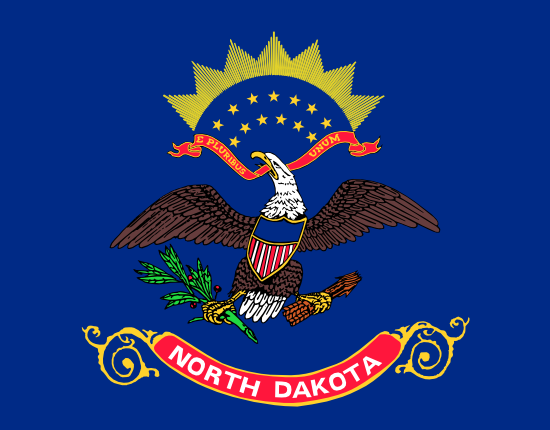
Hall
- County:
- Sargent County
- County Seat:
- No
- Area (mi²):
- 35.998
- State:
- North Dakota
Hall is located in Sargent County, North Dakota. Hall has a 2025 population of 114 . Hall is currently declining at a rate of -1.72% annually and its population has decreased by -1.72% since the most recent census, which recorded a population of 116 in 2020.
The median household income in Hall is $71,477 with a poverty rate of 9.16%. The median age in Hall is 36 years: 35.5 years for males, and 43.7 years for females. For every 100 females there are 197.7 males.